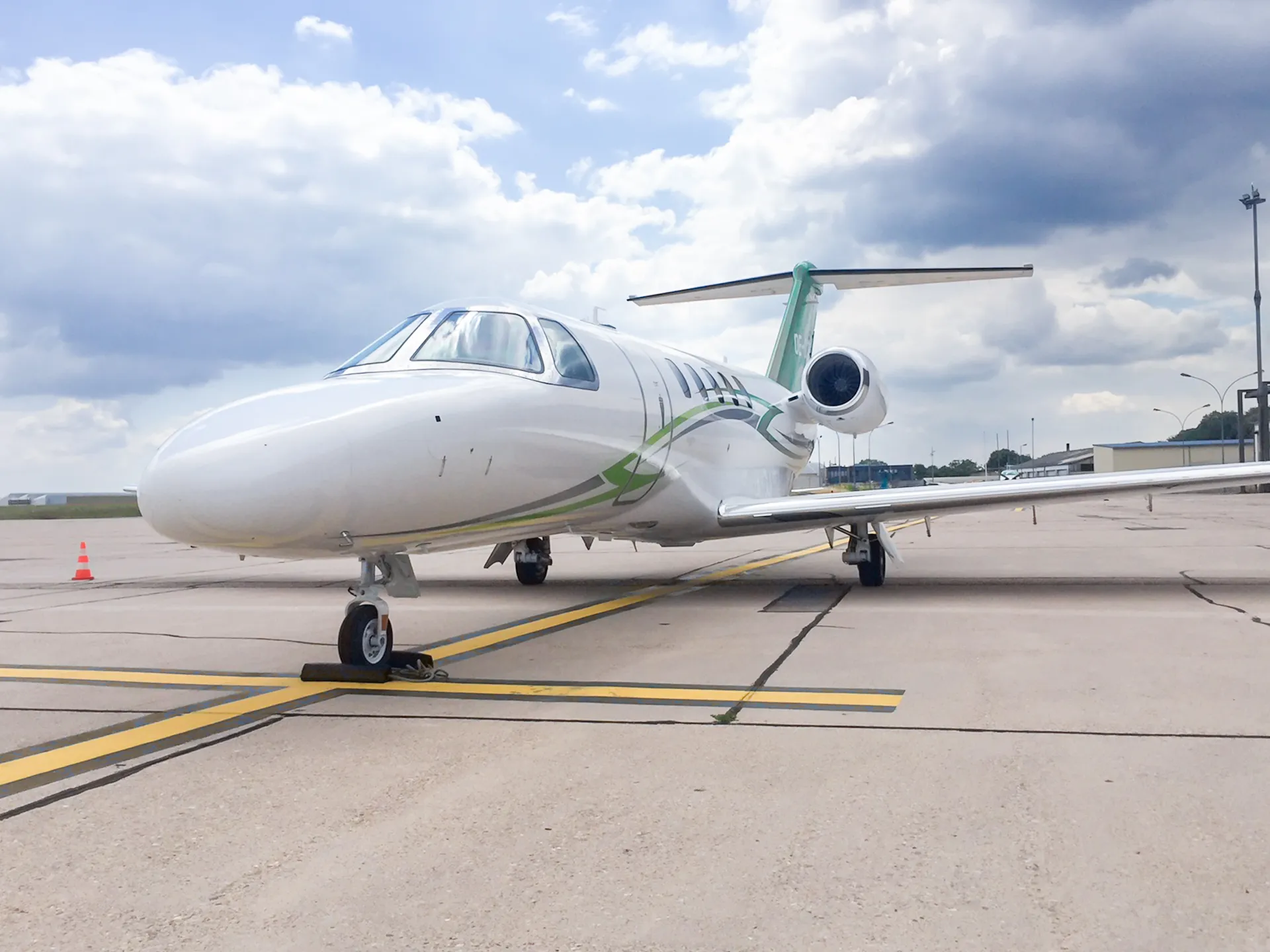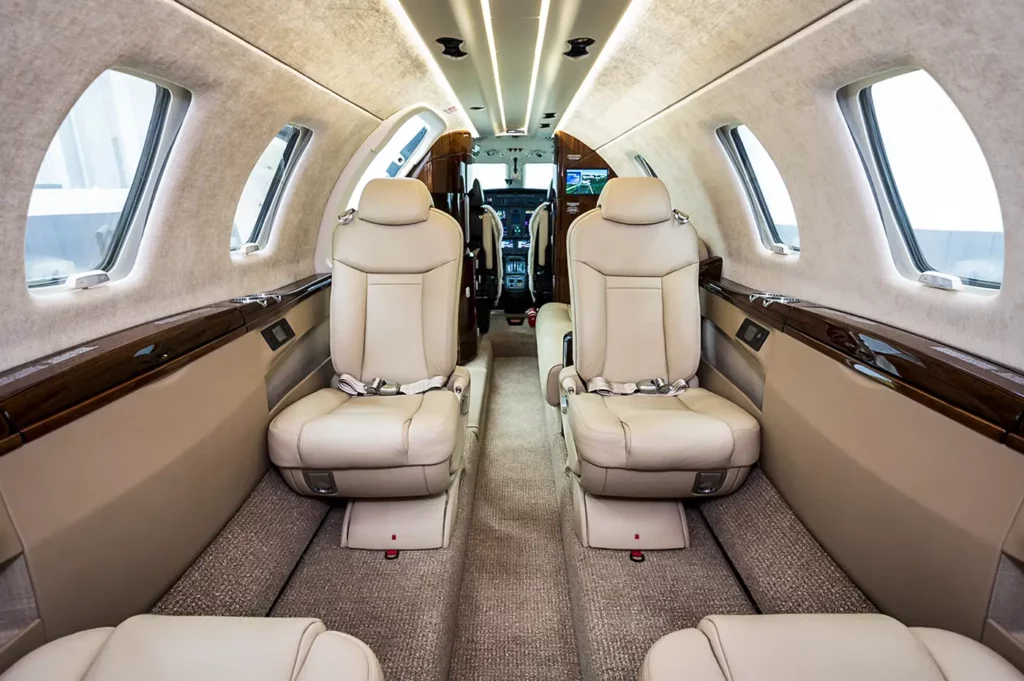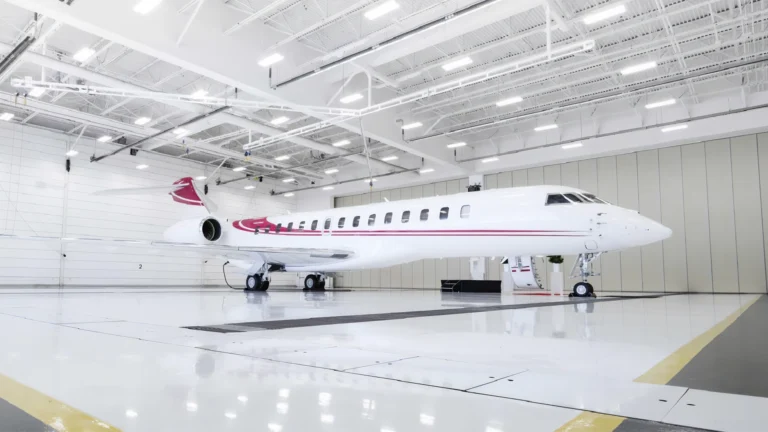
Navigating the Nuances of Chartering a Small Aircraft
In the expansive world of air travel, chartering a small aircraft emerges as a unique and personalized alternative to commercial flights. This bespoke travel option offers unparalleled advantages, such as access to a broader range of airports and a more intimate, tailored flying experience. However, it also comes with its own set of considerations concerning space, catering, and passenger count. Here are some essential tips to help you navigate the skies when chartering a small aircraft, so you can make the most of your journey.
Broadening Horizons with Wider Airport Access
One of the most significant advantages of chartering a small aircraft is the ability to utilize VIP or business terminals, which are generally smaller and less congested than normal airport terminals. This flexibility allows passengers to bypass the hustle and bustle of major airports, leading to a smoother and quicker boarding process, and potentially reducing travel time to and from the airport. Additionally, a smaller aircraft offers the option to fly into a number of remote destinations regular size aircraft can’t. From the Albula Alps to a number of small islands across the globe, the places you can travel via private jet is truly expansive.
Packing Wisely: Limited Bag Storage
Small aircraft are designed for efficiency and intimacy, which often means compromises in storage capacity. Passengers should be mindful of the limited bag storage when packing for their trip. Opting for soft, flexible luggage can help maximize the available space. It’s also wise to prioritize essentials and consider the nature of your trip when choosing what to bring along. Contacting your charter service for specific luggage allowances and recommendations is always a good step.
Navigating Limited Cabin Space
The intimate setting of a small aircraft provides a unique flying experience, though it’s worth noting that this comes with restricted cabin space. Unlike commercial flights, there’s not much room for free movement, which makes it crucial to prepare for your flight accordingly. Stretching before boarding, wearing comfortable clothing, and bringing compact entertainment options like e-books or tablets can enhance your comfort during the flight.

Selecting Your Travel Companions: Passenger Limitations
The cozy environment of a small aircraft means only a select few can join you on your journey. This limitation fosters a more personal and private experience but requires careful consideration when deciding who to bring. Whether it’s family, friends, or colleagues, ensure that the group size aligns with the aircraft’s capacity and that everyone is aware of the space considerations and amenities onboard.
Culinary Considerations: No Hot Catering
Another aspect to consider when chartering a small aircraft is the catering. Due to the compact nature and equipment limitations, hot catering services are generally not available. However, this doesn’t mean you’ll have to compromise on enjoying delightful meals. Many charter services offer a variety of cold meals, snacks, and beverages that can be customized to your preferences and dietary requirements. Planning ahead with your charter company can ensure that you have a satisfying culinary experience in the skies.
Chartering a small aircraft offers a unique, efficient, and personalized flying experience, tailor-made to your preferences and needs. By understanding the intricacies of baggage, space, passenger count, and catering limitations, you can prepare effectively for a comfortable and enjoyable journey. With these tips in mind, you’re ready to explore the skies with confidence and convenience, making the most of the exceptional benefits that private air travel has to offer.




